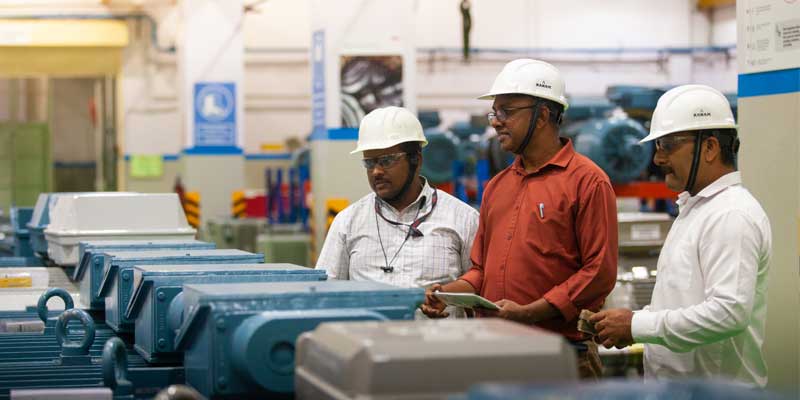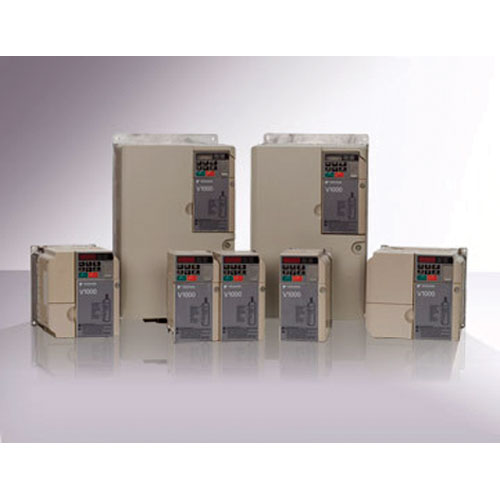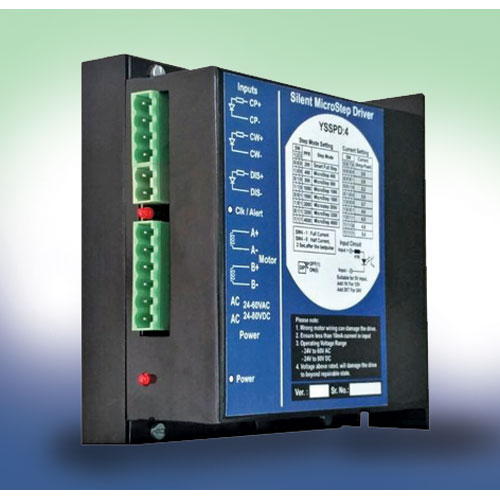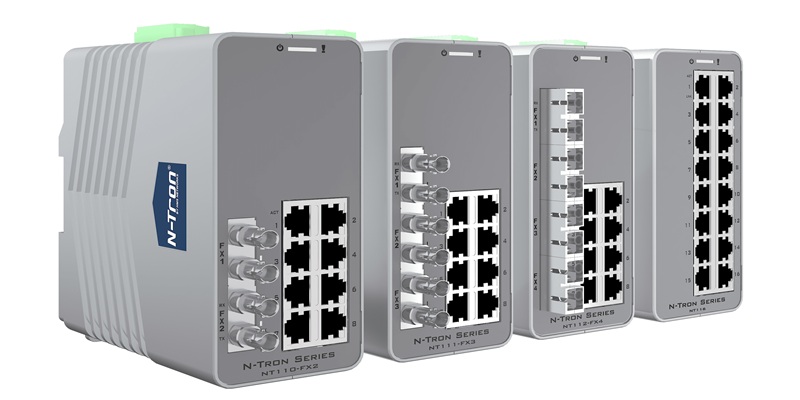Schedule a Call Back
Motors industry: Driven by technology
 Technical Articles
Technical Articles- Mar 01,19

Related Stories

ABB drives energy efficiency in Indian industries with high-quality motors
ABB India's IEC low voltage motors are not just enhancing industrial processes, but are also leading the charge towards energy efficiency in Indian industries, writes Karthik Muthuveeran.
Read more
Electric motor start-up Foxtini bags multimillion Euro deal from Italy’s Arihant
Foxtini is one of the first companies in India to successfully commercialise the innovatory Axial Flux BLDC electric motor, which is believed to be an ideal option for electric vehicle
Read more
Motors industry: Driven by technology
Energy efficient motors are gaining acceptance in India to confront with the global efficiency standards. This increasing awareness towards energy conservation combined with growing industrial infra..
Read moreRelated Products

Commutator Motors
J D Automation provides a range of commutator motors, which are also
known as permanent magnet DC motors.

Compact Speed Vector Drives
Confident Automation offers compact speed vector drives.

Microstepping Motor Driver
Yugandhar
Systems offers a silent microstepping motor driver – YSSPD 4.















